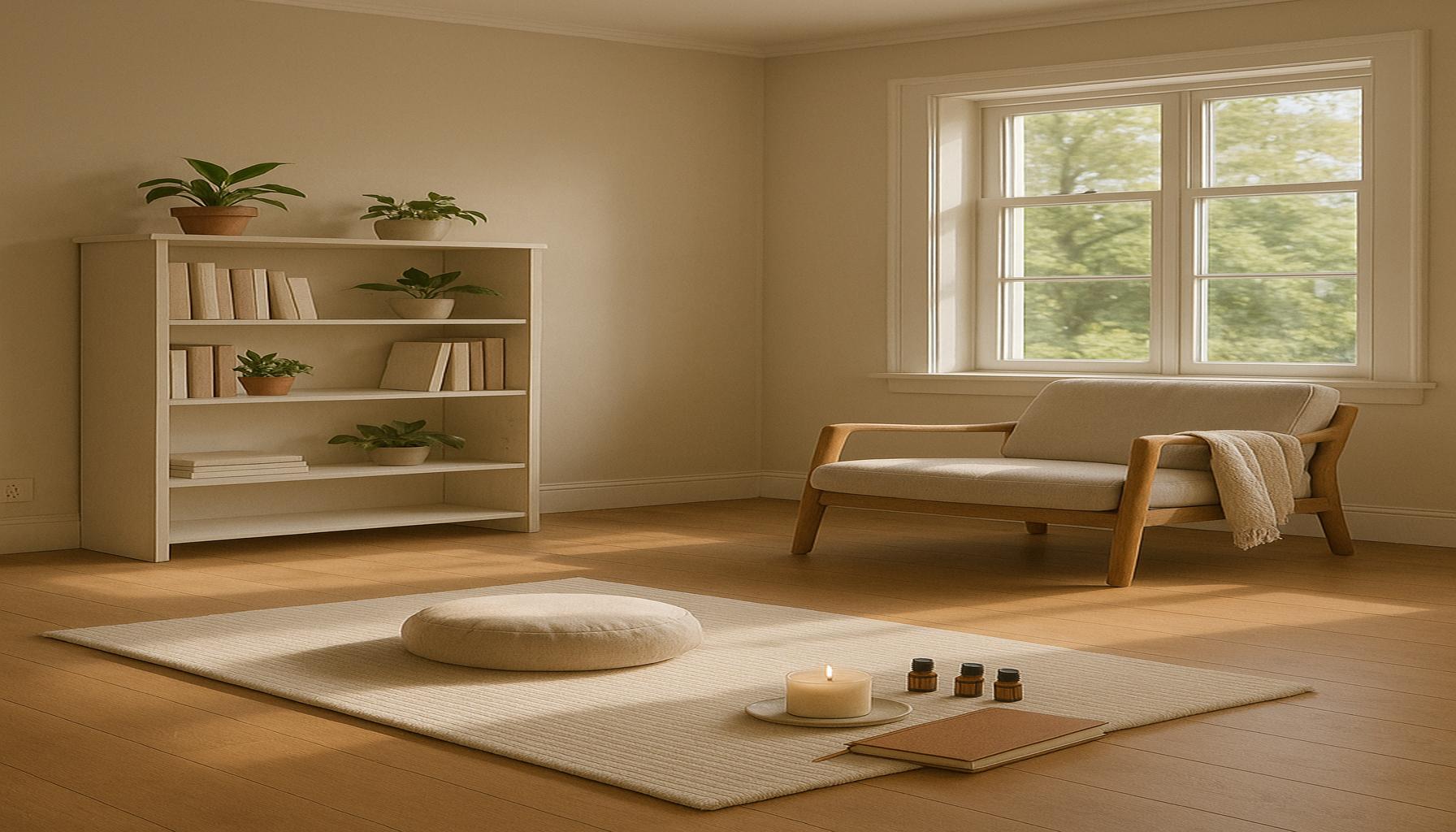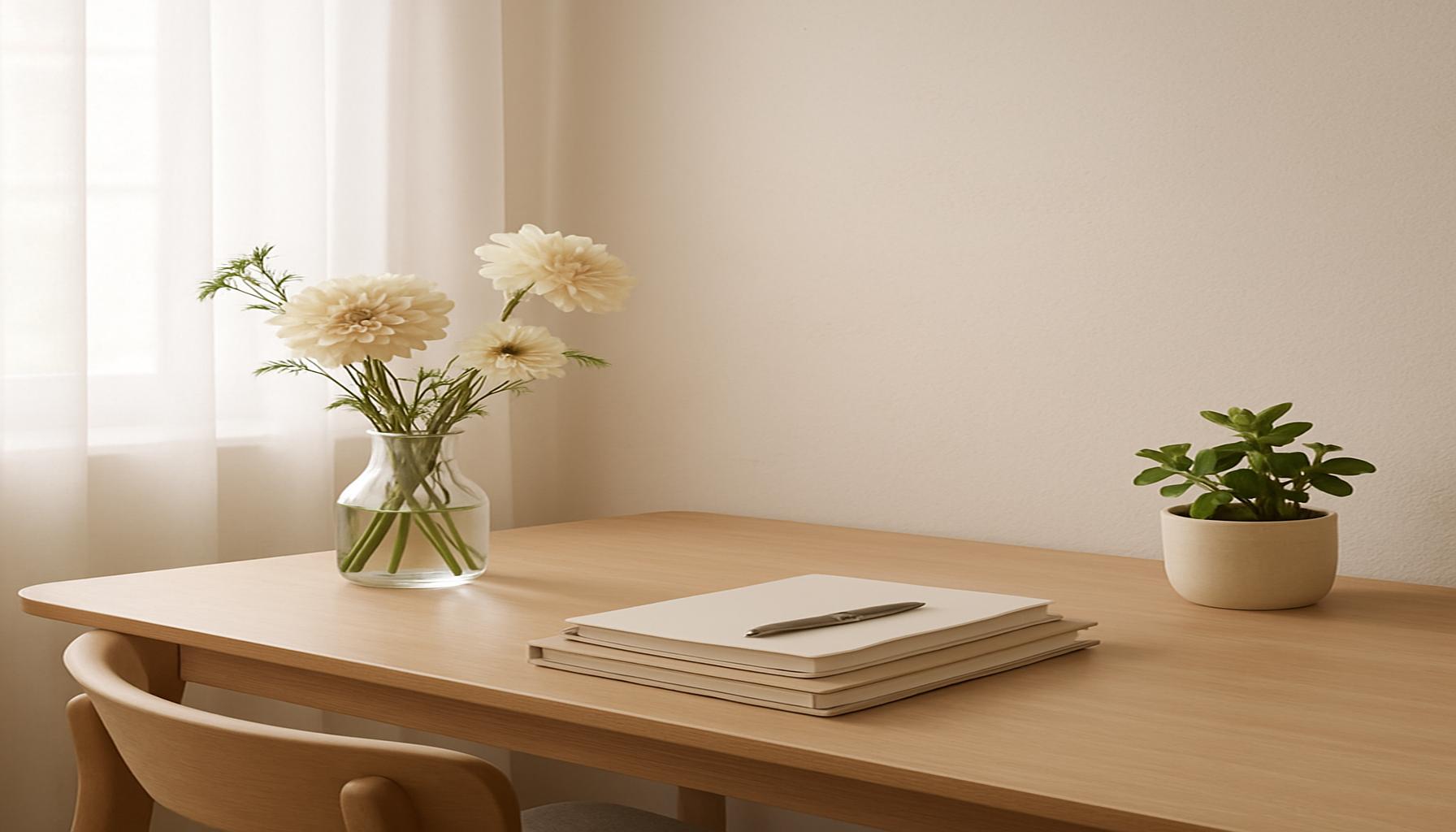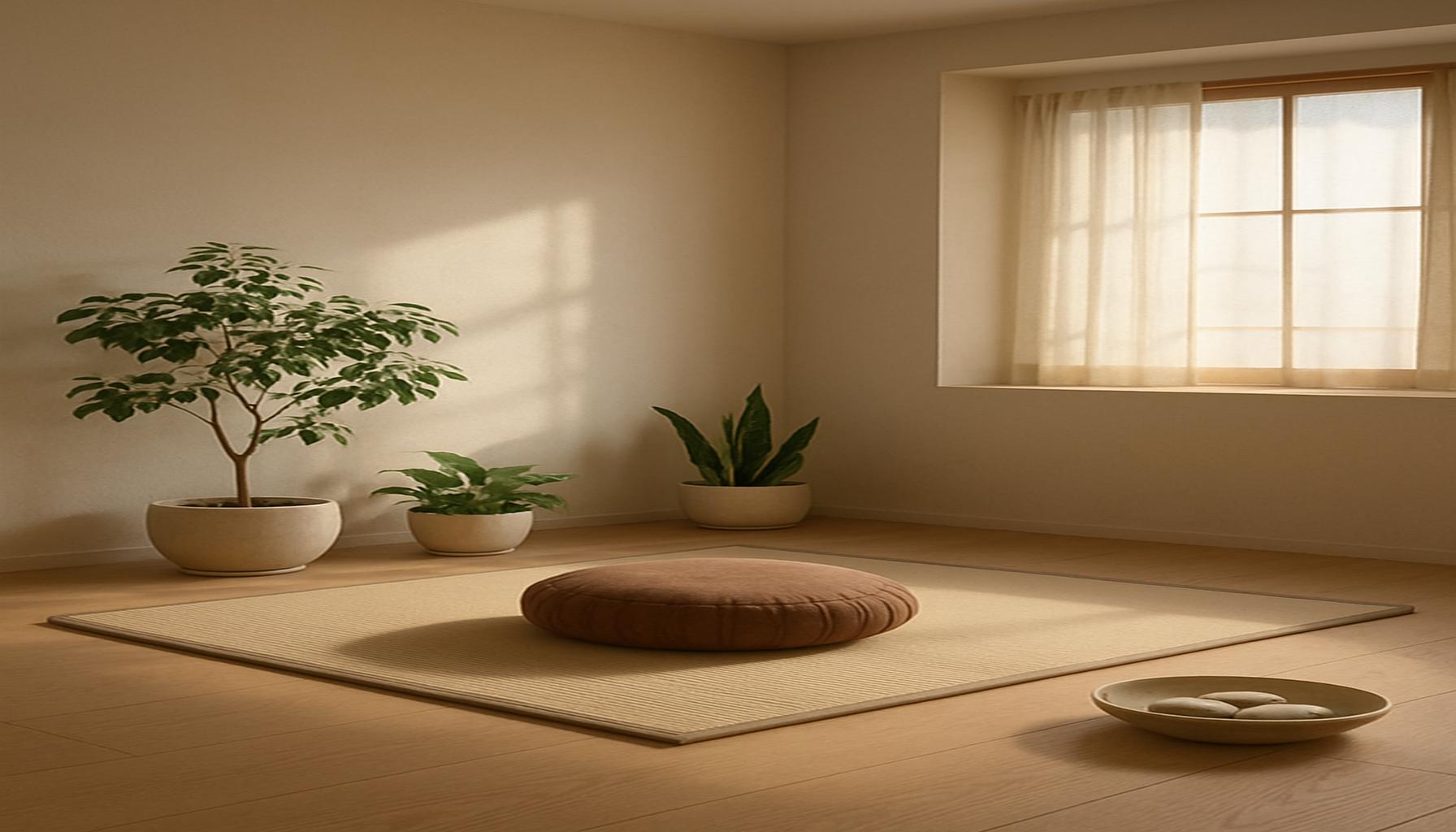Transform Your Home Cultivating Serenity with Minimalist Living Spaces
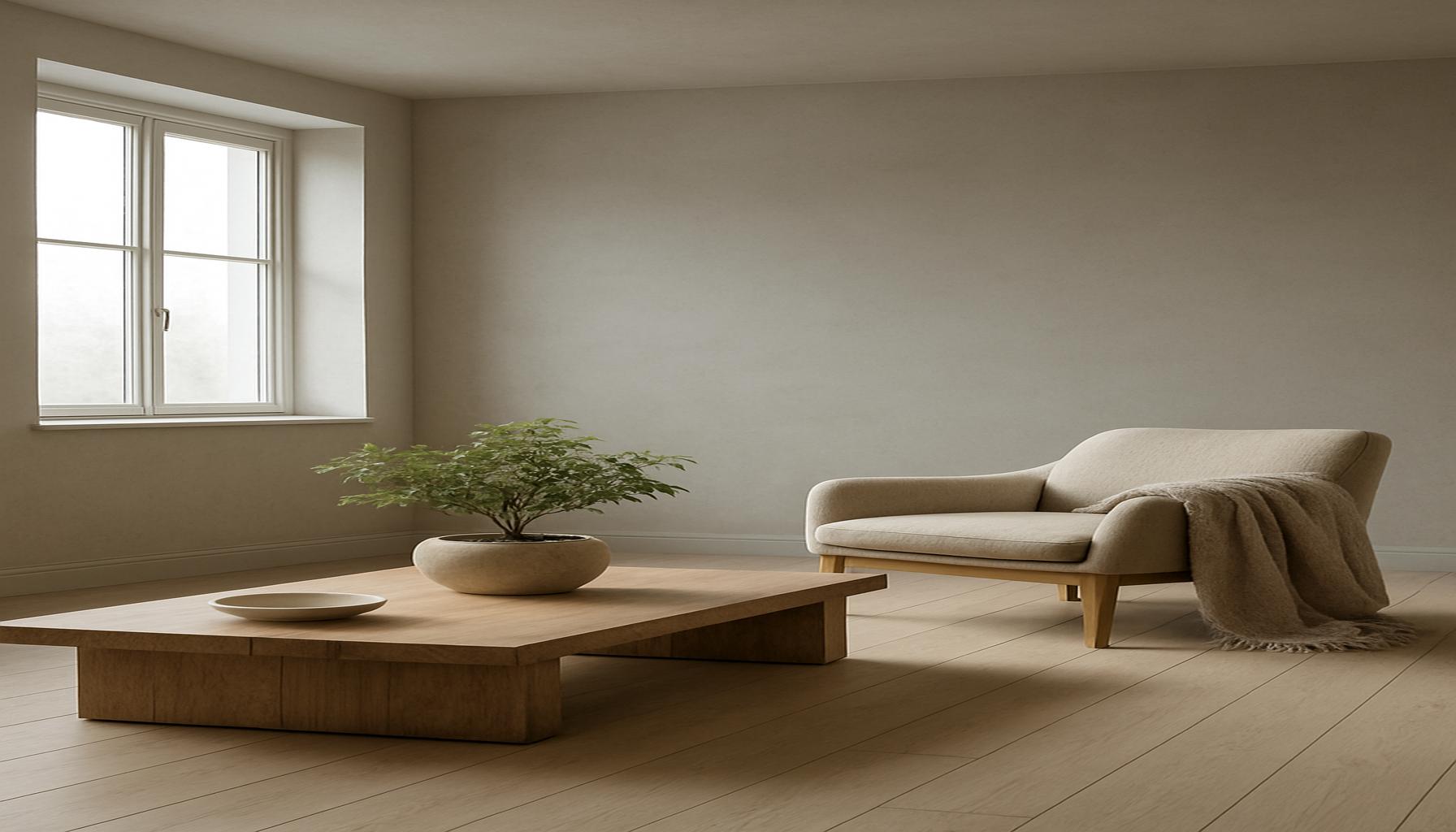
Transform Your Home
In a world that feels increasingly chaotic, minimalism emerges as a beacon of tranquility. By stripping away excess and embracing simplicity, individuals can not only find peace but also enhance their overall well-being. This approach to living spaces can influence mental clarity and emotional resilience.
Understanding how to cultivate serenity in your environment is essential in today’s fast-paced life. Minimalist living emphasizes personal organization and the importance of surrounding oneself with only that which adds value. Key benefits of minimalist spaces include:
- Reduced stress levels through decluttered environments.
- Enhanced focus by limiting distractions.
- Increased creativity in open, airy spaces.
As you embark on this journey towards a serene home, a curated selection of the top five strategies will help guide you in making impactful changes. Prepare to discover how simplicity can lead to a profound transformation in your living spaces.
Cultivating Serenity Through Minimalist Living Spaces: Find Your Inner Calm
In today’s fast-paced world, the pursuit of peace often seems elusive. We are bombarded with endless distractions, noise, and clutter that can cloud our minds and waste our energy. Yet, one potent antidote lies right where we live: cultivating a serene, minimalist living space. This approach transcends mere aesthetic choice; it’s a lifestyle grounded in simplicity, intentionality, and mindfulness, which resonates deeply with those yearning for balance. In this article, we explore the top five elements that can transform your living space into a sanctuary of calm and clarity, ranked from five to one.
5. Decluttering: The Art of Letting Go
The journey to a minimalist life begins by confronting the clutter in your home. In essence, decluttering is not just about tidying up; it’s an introspective process where you evaluate the significance of every item in your possessions. This implies parting ways with items that no longer serve a purpose or bring joy. The Japanese organizational consultant Marie Kondo, author of “The Life-Changing Magic of Tidying Up,” emphasizes keeping only those things that “spark joy.”
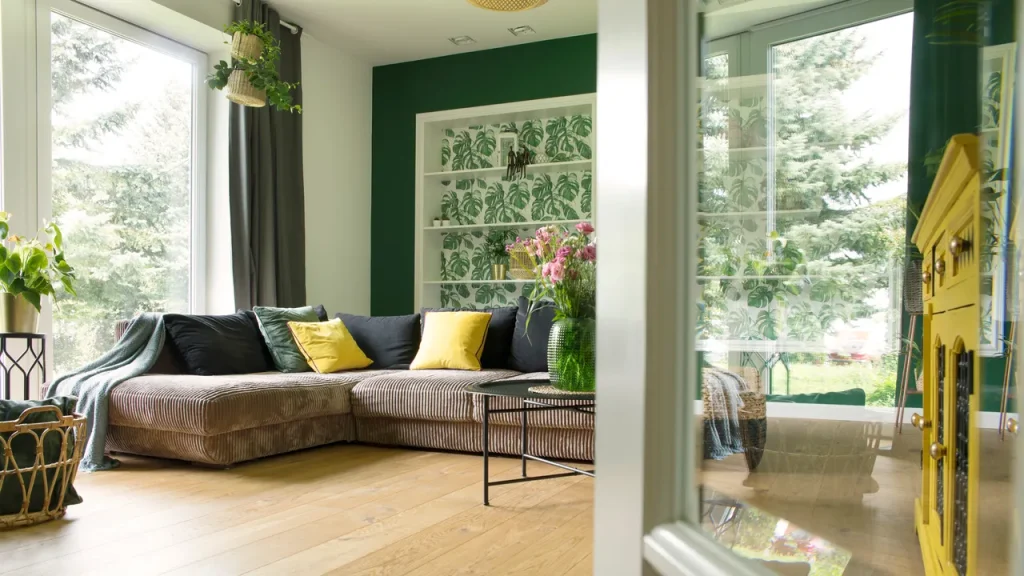
Begin by categorizing your items into three groups:
- Keep: Only items that bring joy or are indispensable for daily life.
- Donate: Items in good condition but no longer useful to you.
- Throw away: Broken or beyond-repair items.
Engaging in this process can lead to a sense of liberation. The absence of unnecessary items reduces stress, clears the mind, and allows focus on what truly matters. Studies have shown that a clutter-free environment can significantly decrease anxiety levels and improve mental wellness, underscoring that less can indeed be more.
4. Simplified Color Palettes: Finding Balance in Aesthetics
Color greatly influences how a space feels and impacts our emotions and mental state. A simplified color palette can transform a chaotic environment into a peaceful retreat. Shades such as whites, beiges, and greys open up spaces, contributing to an airy and light atmosphere, while softer pastels instill warmth and comfort.
Consider these guidelines when selecting colors:
- Limit your palette to three main colors to avoid visual chaos.
- Incorporate natural materials like wood and stone that epitomize tranquility.
- Use accent colors sparingly to add interest without overpowering the senses.
An intentional color scheme does more than just appeal to sight; it can transform your home into a haven of serenity where the mind can rest and wander freely.
3. Functional Furniture: Emphasizing Purpose and Utility
The ethos of minimalism is encapsulated in furniture that marries form with function. Functional furniture enhances both organization and aesthetics in your space. Each piece should contribute to a clutter-free environment while boasting quality and design.
Here are some furniture solutions:
- Multi-functional pieces, such as coffee tables that double as storage.
- Wall-mounted shelves to optimize space and reduce unnecessary furniture.
- Fold-out desks to provide versatility in compact spaces or home offices.
Investing in items with multiple uses not only conserves space but also aligns with the minimalist principle of simplicity through utility, crafting a space that is both functional and elegant.
2. Natural Light: Inviting Peace into Your Home
The effect of natural light on our psyche is profound. Sunlight has been scientifically proven to boost mood and enhance overall well-being. Therefore, optimizing your living area to maximize sunlight is crucial. Use sheer curtains to let light in, and design with large windows and reflective surfaces.
Here are ways to harness natural light:
- Keep window areas clear to ensure uninterrupted light flow.
- Utilize mirrors to reflect light and visually expand the space.
- Select light-colored furnishings which reflect sunlight, enhancing brightness and positivity.
Prioritizing natural light not only creates a bright and airy atmosphere but also enhances mental clarity, offering a tranquil environment where you can refresh and recharge.
1. Mindfulness: The Heart of Minimalism
Central to the minimalist philosophy is the practice of mindfulness—being present and intentional in your environment. This involves curating your surroundings with care and attention, ensuring each item and arrangement serves a purpose or provides joy. Mindfulness in your living space fosters a deeper connection with your home, encouraging a calm and fulfilled life.
Here’s how to integrate mindfulness into your living space:
- Consistently assess how your surroundings influence your mood and wellbeing.
- Engage in daily rituals like meditation or breathing exercises to cultivate mindfulness.
- Celebrate the simplicity and functionality of your space, practicing gratitude for the sanctuary you’ve created.
By consciously selecting what to include and exclude, you instill your home with tranquility, making it a true refuge from the chaos of the outside world. Mindfulness enables you to live in harmony with your environment, finding peace in simplicity.
In conclusion, by incorporating these elements into your home, you invite a profound sense of serenity and balance into your life. A minimalist living space not only transforms physical environments but also encourages a peaceful state of mind. As you cultivate these aspects within your dwelling, you create a nurturing atmosphere conducive to introspection, relaxation, and rejuvenation, ultimately leading to a richer, more fulfilled life.
| Category | Key Features | Advantages | Disadvantages | Who Would Benefit Most |
|---|---|---|---|---|
| Space Management | Optimizing small areas for functionality and aesthetic | Maximized utility of space leads to a more organized and functional living environment. | May require significant adjustments to lifestyle and possessions, which can be challenging. | Those living in small apartments or homes, looking to make the most of limited space. |
| Mental Clarity | Reduced clutter through minimal decoration and furniture choices | Enhanced focus and mental well-being is often reported, allowing for clearer thoughts and reduced stress. | Some individuals may find minimalism too sterile or unwelcoming initially. | Individuals looking to improve their mental health and reduce distractions. |
| Sustainability | Use of eco-friendly materials and intentional purchasing | Lower environmental impact, contributing to personal and communal sustainability efforts. | Potentially higher upfront costs for sustainable options may deter some consumers. | Eco-conscious individuals who prioritize sustainability in their living spaces. |
| Emotional Well-being | Cultivating a serene and calming environment through thoughtful arrangement and decor | Promotes relaxation and emotional balance, reducing feelings of overwhelm. | Some may feel a lack of personality without personal possessions to display. | People seeking tranquility and a retreat from high-stress environments. |
Adopting a minimalist lifestyle is a journey towards simplicity that not only transforms physical spaces but also nurtures emotional and mental wellness. Each element discussed contributes distinctly to fostering an atmosphere where serenity thrives, inviting individuals to re-evaluate their relationship with their living environments and possessions.
Frequently Asked Questions About Cultivating Serenity Through Minimalist Living Spaces
What is the primary goal of minimalist living spaces?
The primary goal of minimalist living spaces is to create an environment that fosters tranquility and clarity. By focusing on essential elements and eliminating excess clutter, these spaces aim to provide a sense of calmness and warmth, promoting mental peace. The philosophy hinges on the principle that less can indeed be more, allowing occupants to focus on what truly matters in their lives.
How can minimalism directly impact mental health?
Minimalism can have a profound impact on mental health by reducing stress and anxiety often elicited by clutter and disorganization. Through a minimalist approach, living spaces can become refuges of simplicity, offering a clearer mind and improved focus. Studies suggest that clean, organized environments can lead to increased productivity and overall well-being, enabling individuals to unwind and recharge more effectively.
Are there specific design tips for creating a minimalist space?
Yes, designing a minimalist space involves several key principles. Firstly, choose a neutral color palette to create a soothing atmosphere. Incorporate natural light to enhance feelings of openness. Functionality is paramount; each piece of furniture should serve a purpose. Opt for quality over quantity, selecting durable, timeless items. Additionally, maintain an emphasis on clean lines and avoid excessive decoration to preserve the essence of minimalism.
Is minimalism suitable for everyone, regardless of space size?
Minimalism can be adapted to various living conditions, both large and small. In fact, smaller spaces may benefit even more from a minimalist approach as it maximizes available area and emphasizes functionality. The key is to tailor minimalist principles according to individual needs and preferences, ensuring the space remains welcoming and personal while retaining the core tenets of simplicity.
How should one begin transitioning to a minimalist lifestyle?
Transitioning to a minimalist lifestyle starts with a shift in mindset. Begin by decluttering, removing items that no longer serve a purpose or bring joy. Evaluate priorities to understand what truly adds value to your life. Gradually implement minimalist principles across various areas, such as decor, wardrobe, and daily routines. Remember, the journey to minimalism is personal and should be undertaken at your own pace to ensure lasting change.
Conclusion: Embracing Minimalism for a Serene Living Space
In an increasingly cluttered world, the quest for serenity has led many to explore the transformative power of minimalist living spaces. Throughout this article, we have delved into the myriad ways that minimalism can foster peace and clarity, both mentally and physically.
Reducing clutter not only enhances the aesthetic appeal of your home but also reduces stress by creating an environment that feels open and breathable. We explored how each element in a minimalist space is carefully curated, ensuring that every item serves a purpose or brings joy. This intentionality encourages mindfulness in our daily routines, allowing us to focus on what’s truly important.
Furthermore, adopting a minimalist lifestyle involves a commitment to efficiency and simplicity, which contributes to better organization. This, in turn, saves time spent on cleaning and decision-making, thereby increasing overall productivity. The benefits extend beyond personal well-being, enhancing relationships by promoting a space that is welcoming and tranquil.
Ultimately, cultivating serenity through minimalist living spaces is not merely about aesthetics; it’s a profound lifestyle choice that invites introspection and personal growth. It challenges us to evaluate our assumptions about consumption and materialism, urging a shift towards sustainability and conscious living.
As we consider these insights, it becomes clear that minimalism is much more than a design trend. It is a philosophy that can lead to a more harmonious and intentional life. By embracing minimalism, we invite serenity into our homes and, inevitably, into our lives. Aspiring minimalists may find themselves encouraged to explore further, seeking new information and inspiration to simplify their living spaces and reap the myriad rewards.
